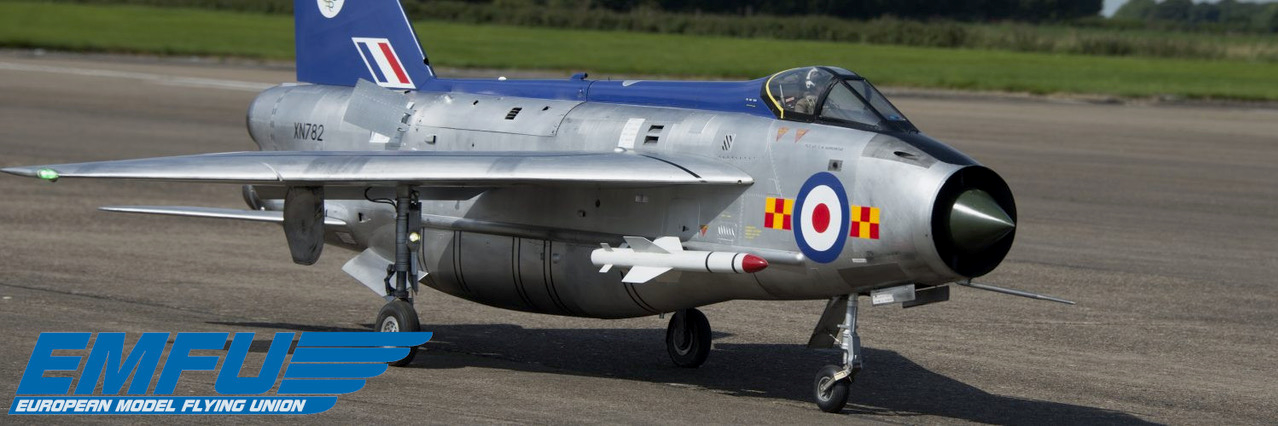This section addresses a range of questions concerning registration (Article 14 of the Implementing Regulation).
1. Do model aircraft operators have to register themselves and their aircraft?
Yes, the operator will need to be registered, but in most situations not the aircraft. Under the new EU rules, each model aircraft operator who intends to fly an aircraft heavier than 250gr or with a sensor able to capture personal data (e.g. camera) will need to register himself as of 31 December 2020 in the registry for unmanned aircraft operators of his country of residence. This information will be stored in a national registry, which will be linked with other registries throughout the EU, allowing national authorities to access and exchange that information (subject to rules on privacy and processing of personal data). There is no requirement to register model aircraft, unless these fall in the so-called “certified category”, which generally covers aircraft that under current national rules already require a certification to operate (in most European countries this concerns aircraft heavier than 25 or 30 kg).
2. Is the “operator” the same as the “pilot”?
That depends on your country. The registration requirements refers to “operator” rather than “pilot” to enable commercial operators with multiple pilots to carry a single registration number on their aircraft. In many Member States, in the case of model aircraft, the pilot will be the operator. Note however that some Member States are considering registering the national model aircraft association as a single operator, with their members as the pilots. That would mean that individual pilots need not register themselves.
3. Can my association register me on my behalf?
Yes, the EU rules allow your association to register you in the national registry of the association on your behalf. Some associations will seek your authorisation for this, others will do this automatically, based on an authorisation given in the statutes. If your association registers you on your behalf there is no need to register yourself individually.
4. Do I need to show my registration number on the aircraft?
Yes. The new EU rules require you to display your registration number on your model aircraft heavier than 250gr or with a sensor able to capture personal data. EASA has provided the following (non-binding) guidance on where to display this information:
(a) If the UAS operator owns the UAS, it should display on the UA the registration number received at the end of the registration process in a way that this information is readable at least when the UA is on the ground without the need for any devices other than eyeglasses or correctivelenses.
(b) A QR code (quick response code) may be used.
(c) If the size of the UA does not allow the mark to be displayed in a visible way on the fuselage, or the UA represents a real aircraft where affixing the marking on the UA would spoil the realism of the representation, a marking inside the battery compartment is acceptable if the compartment is accessible.
Note that this guidance is non-binding and your Member State may choose a different approach. There are no EU-requirements on the material that the registration number needs to be made of.
5. What about visiting operators from outside the EU?
Operators from outside the EU must register in the first EU Member State where they intend to operate the aircraft.
6. What if I move to another EU Member State?
You will need to de-register in the country that you are leaving and re-register in the new country you move to (you can only be registered in one Member State at a time). Upon re-registering you will receive a new registration number, issued by the national authorities.
7. How long is my registration valid for and what does it cost?
The validity and costs of your registration will depend on the member state where you are registered and whether you are registered through your association. An overview of validity and costs for different Member States is given in this table.
8. Can I remove my name from the registry?
Yes. The national authorities are required to keep the registry “accurate”. This implies that in implementing the registry at the national level both entry into but also removal from the registry needs to be addressed. The process for removal from the registry is an implementation issue, for the national registration entity to resolve.
9. What if my aircraft with my registration number is lost or stolen?
Loss or theft should be reported to the authorities. See also the next point.
10. Am I at risk when somebody else uses an aircraft with my registration number, for instance when the aircraft is stolen or when they use a false number?
Criminal and civil liability in this respect is a national issue, and will depend on national rules. From an EU-perspective, the registration number only provides a “first person to contact”. It does not give a presumption of guilt or liability of the owner of the number. It is not different from the fact that many pilots already now have their name marked in their models. This means that any guilt or liability resulting from the abuse of your registration number will need to be proven separately, on the basis of national legal requirements.
